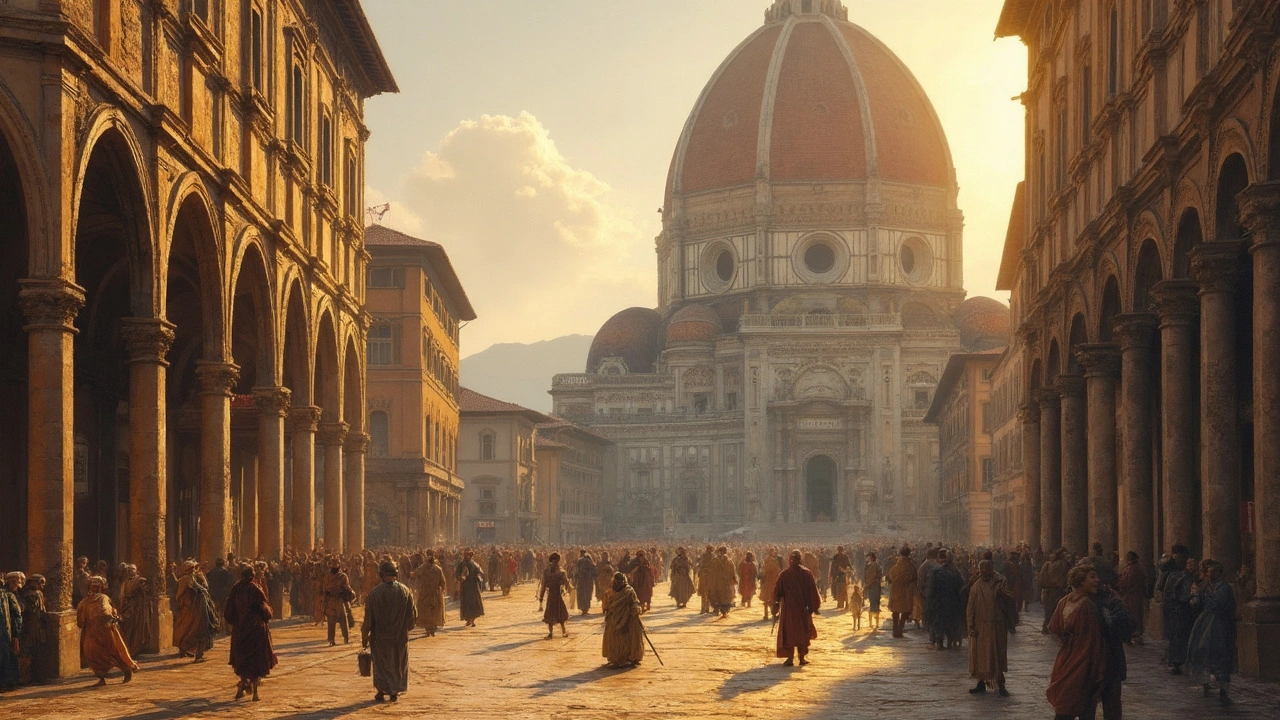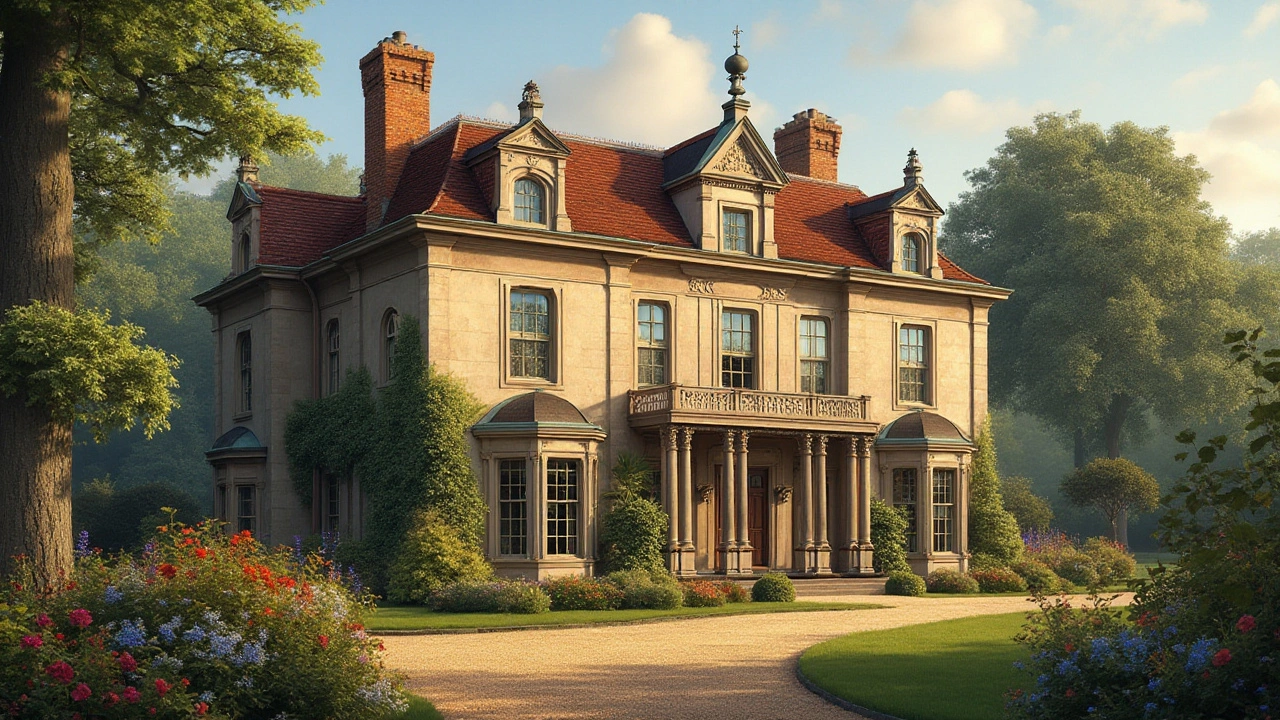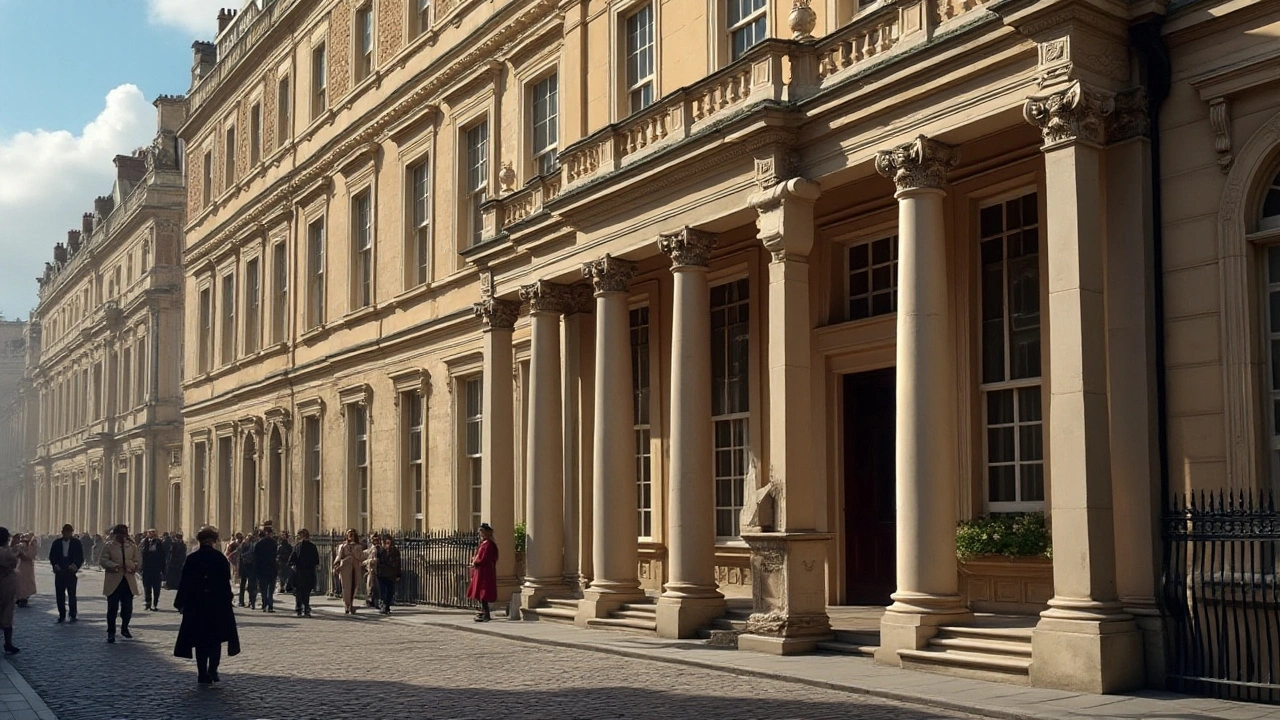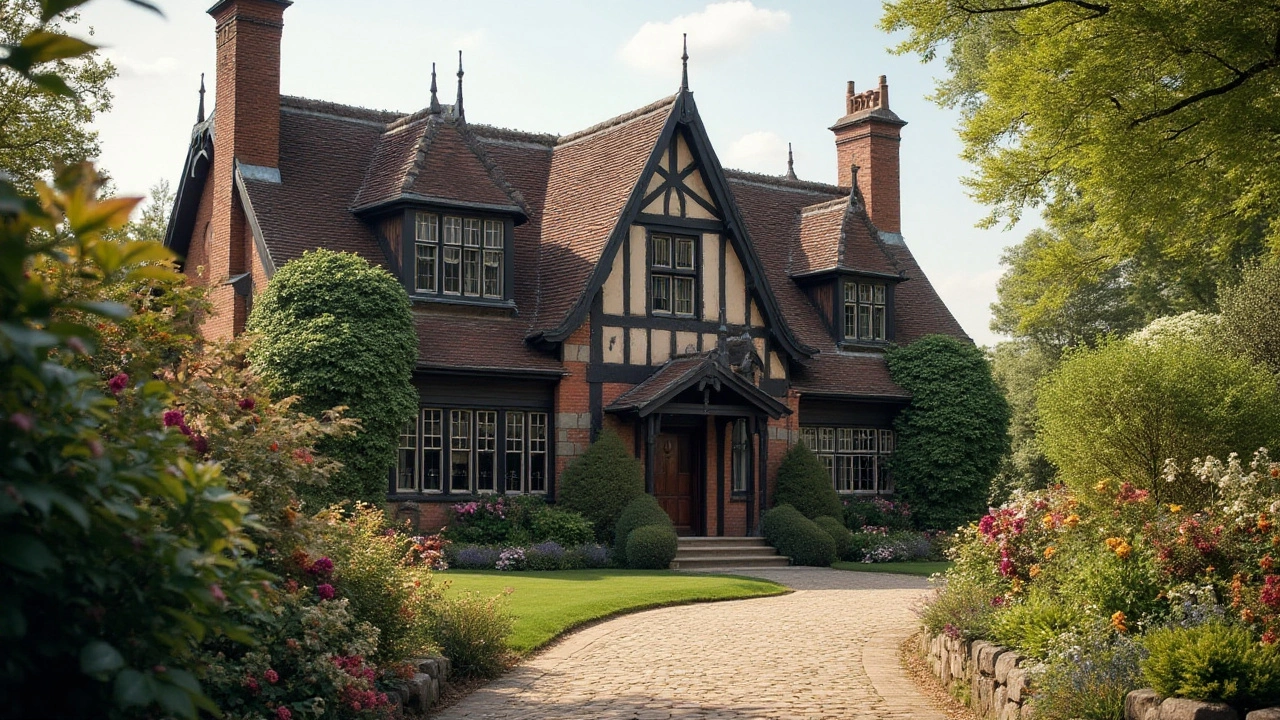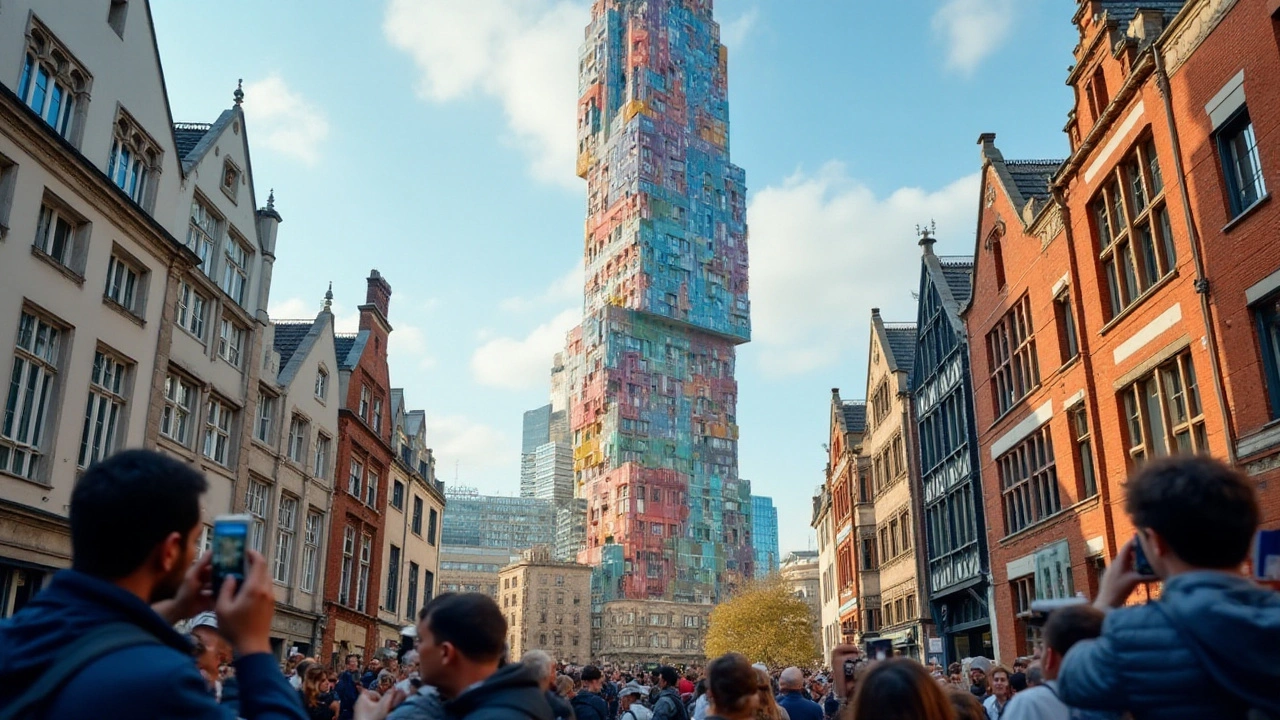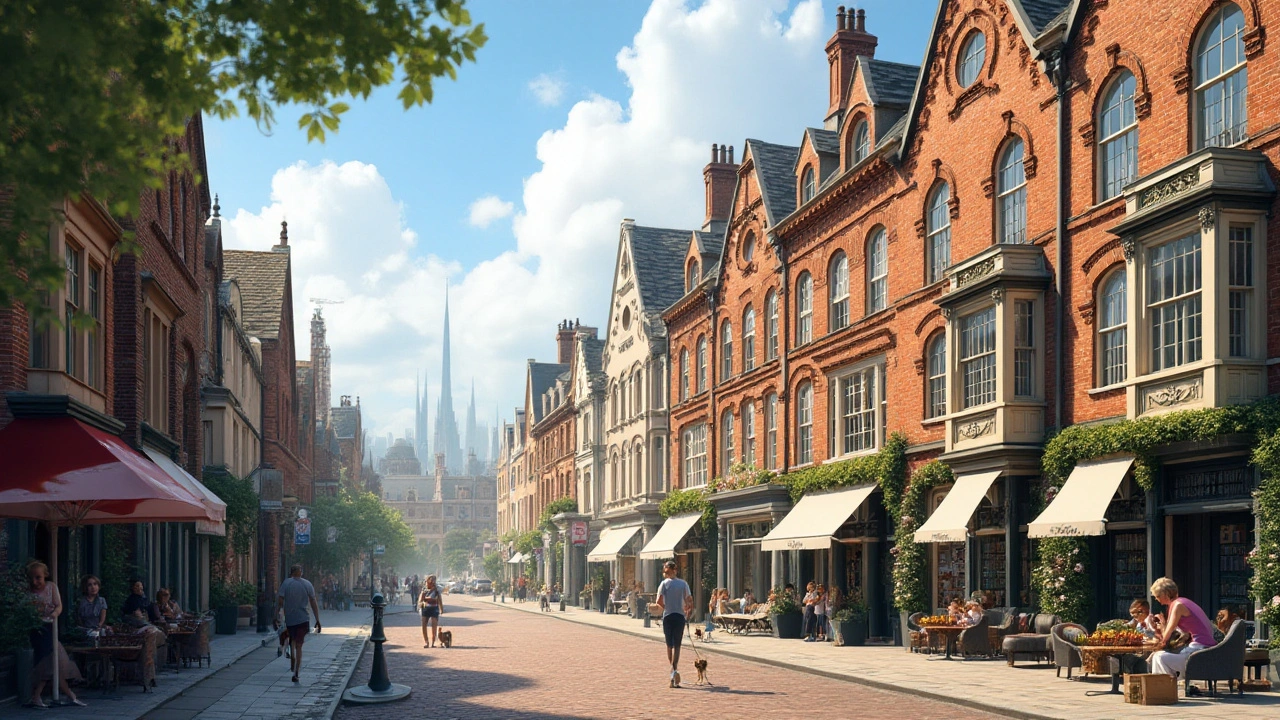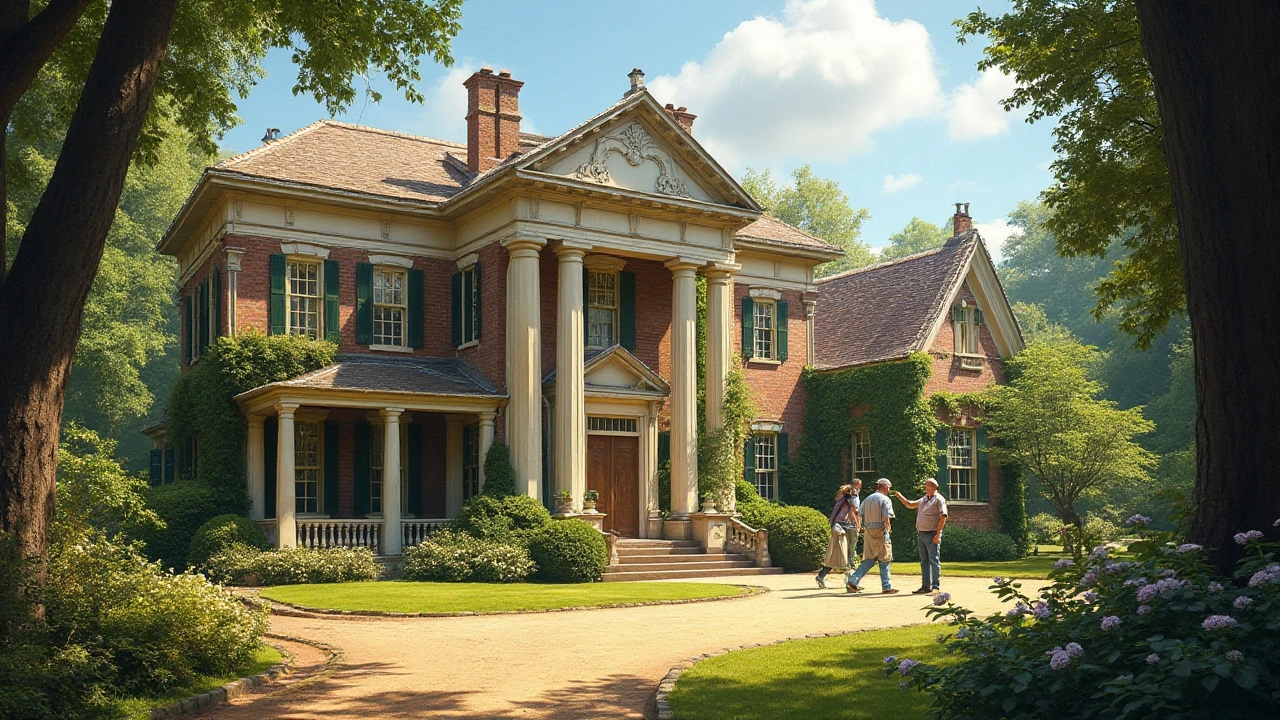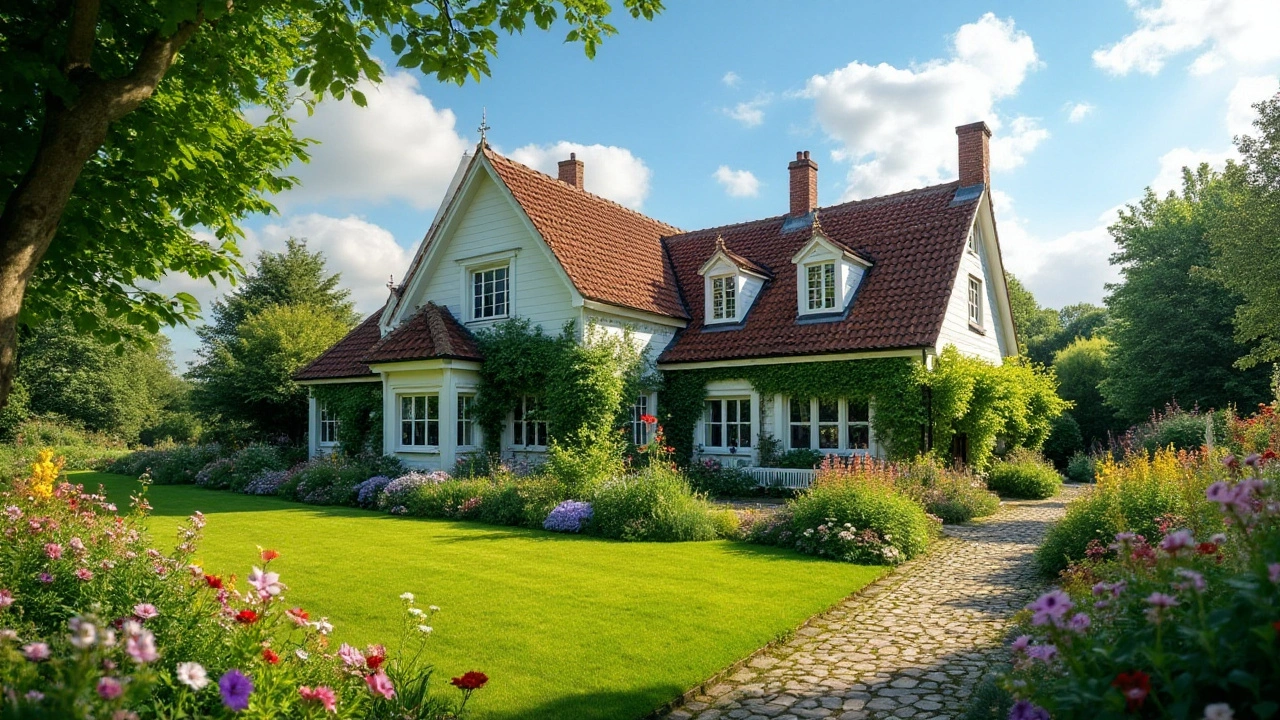Explore the fascinating world of Renaissance architecture, from the domes of Florence to the columns of Rome. Discover artists, design secrets, and why this era still shapes our cities.
Architecture: Styles, History, and Design Inspiration
Architecture shapes how we live, work, and move. From the domes of Renaissance Florence to the steel-and-glass towers of high-tech design, each style answers practical needs and tells a story. If you like walking through cities or planning a renovation, knowing key styles helps you spot ideas worth copying.
Start with easy identifiers. Georgian buildings use strict symmetry and balanced windows; Italianate shows wide eaves, brackets, and tall arched windows; and Dutch Colonial Revival is recognizable by its gambrel roof and cozy dormers. Spotting these features makes older neighborhoods feel like a live museum instead of a random mix of houses.
Historic styles that still matter
Renaissance architecture brought back classical orders and clear proportions—think Florence’s dome and columned facades. Gothic Revival revives pointed arches and vertical lines, often used for churches and civic buildings. Romanesque gives heavy stone forms and semi-circular arches that feel solid and durable. Beaux-Arts and Federal styles lean toward grandeur and clean lines, often in museums, courthouses, and city halls. Recognizing those makes it easier to read a building’s age and purpose.
Some movements challenged function in new ways. Constructivist design in the early 20th century pushed bold geometry and social purpose—its spirit survives in minimalist public structures. Postmodernism reacted to modernism with playful shapes, color, and historic references. High-tech architecture exposes structure and systems, using glass, steel, and smart tech to improve comfort and energy use.
How to use style knowledge in your project
Want to update a home or design a new space? Pick one clear reference and stick to it for key elements: roofline, window shape, and major materials. For example, add arched windows and cornices for an Italianate touch, or choose timber framing and steep gables for a Tudor feel. Mixing styles works, but guide choices with a dominant theme so the result doesn't feel chaotic.
Think beyond looks. Many historic details solve practical problems: wide eaves protect walls, deep porches cool the house, and high ceilings improve airflow. Modern styles like high-tech and expressionist architecture add energy efficiency and flexible spaces. Ask yourself which practical benefits you want—durability, light, thermal comfort, or low maintenance—then let that steer design decisions.
If you enjoy exploring architecture, make it a short project: identify the style, note three defining elements, and take photos of details you like. Use those photos when talking with architects or contractors. You’ll save time and get clearer results. Architecture isn’t just buildings; it’s a toolkit for better living and clearer design choices.
To learn fast, visit local landmarks and read plaques or guides. Join a walking tour or use a photo scavenger hunt: hunt for cornices, rooflines, window types, and materials. When you find a building you like, note its scale, texture, and how it handles light. Save a few sketches or close-up pictures of joints and trim—those small details often define a style. If you’re working on a renovation, bring the best images to your designer and discuss which elements solve problems and which are purely decorative. Small, focused choices make big visual impact. Start with one idea and refine today.
Constructivist architecture, famous for its bold geometric forms and utilitarian approach, has significantly shaped modern design trends. Emerging in the Soviet Union during the early 20th century, it emphasized functionality with aesthetic innovation. Its influence can be seen in everything from public buildings to everyday household items. Today, modern designers draw inspiration from these early ideas to push the boundaries of creativity and practicality. Explore how constructivist principles continue to inspire innovative designs in our world.
Italianate architecture, a style that flourished from the mid-19th century, showcases grandeur through its unique blend of Italian Renaissance and picturesque aesthetics. Known for its distinctive features such as wide eaves with decorative brackets, tall windows, and cupolas, Italianate architecture brought a touch of European elegance to residential and public buildings. This article delves into the history, defining characteristics, and the cultural resurgence of this architectural style. Discover the craftsmen who brought Italianate to life and learn tips for recognizing these architectural gems today.
Georgian architecture, characterized by its symmetry and proportion, offers a fascinating insight into the social hierarchies of its time. This style, predominant from the early 18th to the early 19th century, reflected the wealth and social position of its inhabitants through ornate designs and spatial organization. The grandeur of these buildings, often featuring lavish facades and grand entrances, indicated the rising affluence of the emerging middle class. These architectural marvels not only provide an aesthetic delight but are also key to understanding the societal context of the Georgian era.
Dutch Colonial Revival architecture brings timeless elegance and practicality to homes, characterized by its distinct gambrel roofs, symmetrical facades, and charming dormers. Emerging in the early 20th century, this style is a nod to the original Dutch Colonial homes of the 17th and 18th centuries. It became popular in the United States, especially in residential neighborhoods, for its unique blend of tradition and modern-day comfort. Intricate woodwork, substantial use of brick and stone, and ample light are some key features that enthusiasts and designers cherish today.
Postmodern architecture stands as a testament to creativity and nonconformity in design. Its origins trace back to the late 20th century as a response to the rigid norms of modernism. Embracing eclectic styles, bright colors, and historical references, postmodernism breathed new life into urban landscapes. This article delves into its defining features, cultural impact, and celebrated structures across the globe. Discover how postmodern architecture continues to challenge convention and inspire new generations of architects.
Federal architecture, a style that has left a defining mark on the landscape of early America, combines elegance and simplicity. It flourished from the late 18th to mid-19th centuries and reflects the ideals of the young Republic. This article delves into the distinct features, influences, and prominent examples of this architectural style that echo the nation's rich history. Readers will discover tips for identifying Federal structures and learn about the iconic buildings that showcase this unique aesthetic.
Italianate architecture, which flourished during the 19th century, is experiencing a revival in contemporary design. Known for its elegant features such as brackets, cornices, and arched windows, this style is being reimagined in modern architecture. The resurgence blends historic charm with modern functionality, offering both designers and homeowners opportunities for creating stunning spaces. Understanding the elements and historical context of Italianate architecture can inspire new construction and renovations alike.
Colonial architecture stands as a testament to a significant period in history, offering a glimpse into the profound craftsmanship and cultural influences of bygone eras. Efforts to conserve these remarkable structures are vital to preserving their architectural integrity and historical value. This article delves into the nuances of colonial architecture, highlighting effective conservation strategies, restoration techniques, and the importance of community involvement in safeguarding these relics. Through thoughtful discourse, it pays homage to the magnificence of colonial design, offering insights into sustainable methods to ensure their endurance for future generations.
Dutch Colonial Revival architecture holds a unique place in history, fusing nostalgic charm with practical design. Emerging in the late 19th century, this style draws inspiration from the early Dutch settlers' homes in America. Known for its distinctive gambrel roofs and symmetrical facades, the Revival movement reflects an appreciation for the past while adapting to modern needs. This exploration uncovers the enduring influence and cultural significance of this architectural style.

